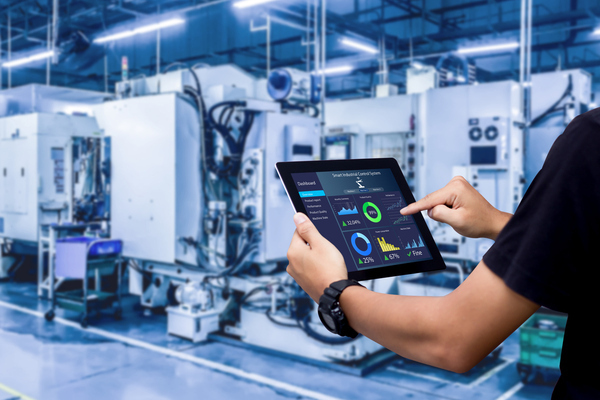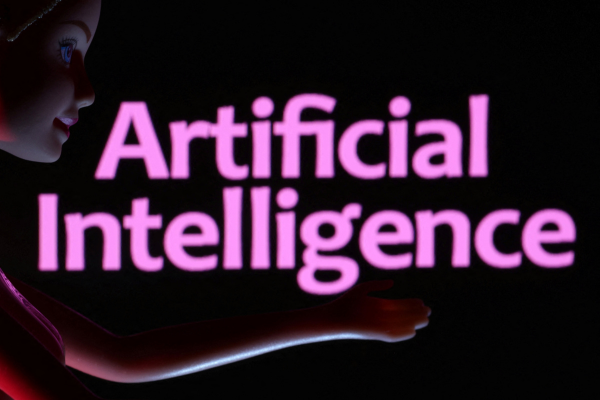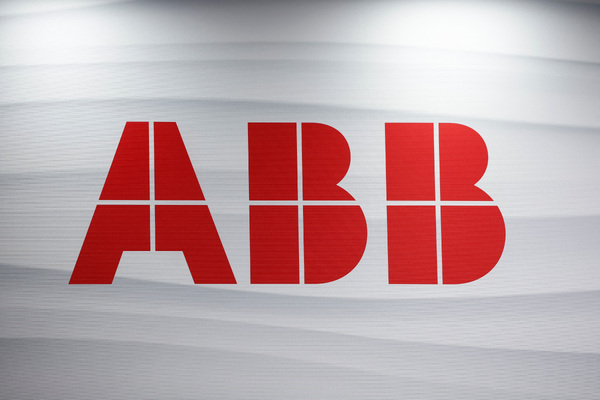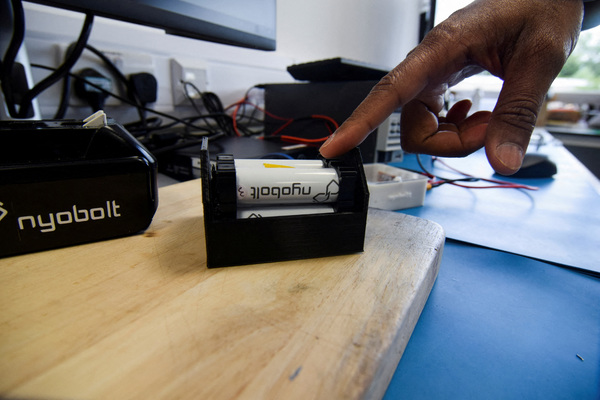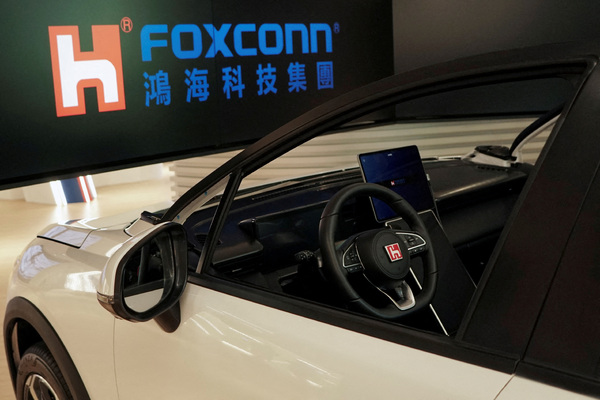How to succeed with industrial IoT in manufacturing
Kari Terho, General Manager and Tanja Rauniaho-Mitchell, Head of Product Management, Elisa Smart Factory
Why industry 4.0 is all about industrial IoT and big data analytics.
According to Forbes, industrial IoT data analytics is the number one reason for companies to invest in the industrial internet of things. With IoT, manufacturers can gain visibility into production stages, identify gaps in business processes and improve them, enabling predictive maintenance to reduce downtime and improve production quality.
But while the discussions surrounding IoT are focused on data analytics, the reality is that most companies are only getting a fraction of the value from the data of their connected systems. A study by McKinsey found that 54 per cent of companies used 10 per cent or less of this information.
How do we illustrate why, in a process manufacturing plant with 25,000 sensors, only 4 per cent of data is being used for decision making? This gap between data expectations and reality may seem extreme, but it can be explained.
Understanding the challenges
Few dispute that organisations have more data than ever at their disposal. However, that data is very siloed, and it is not unusual for this compartmentalised data to “go to waste” due to the lack of platforms that can truly leverage these diverse data sources and extract overarching insights to improve quality and productivity. In other words, the pain point is not generating and collecting data, but being able to effectively extract value from it.
Another challenge is the integration of IoT solutions into business processes. McKinsey recently published a report that calls out the missing integration of IoT solutions into existing business workflows as the top IoT capability gap. IoT software vendors may say that their products integrate with business systems, but simply passing data to a business system is not the same as creating an end-to-end business process. It is only when the data from IoT solutions is fully integrated with data from enterprise systems that the biggest benefits can be gained and advances made.
Critical success factors
To ensure success, companies must ensure they collect the right data and get actionable insights from it. A successful data strategy must take into account three critical things:
• Business challenge and goals: what are your biggest challenges and what are the benefits you want to get from your IoT initiative (such as improved quality, reduced unplanned downtime, or increased yield)?
• Strategy: how do you plan to put your data to work to solve those challenges and achieve those goals? Which data-driven insights will you need to extract in order to fulfill your needs?
• Assess and define the data gap: which data sources are required, and how do you integrate that data with your business systems?
Industry 4.0 is a journey – how can Elisa Smart Factory help?
Industrial IoT is not a single solution that is implemented by one big project – it is a journey. Getting from today’s practices to tomorrow’s cannot be done in one giant leap, it is an evolutionary process. Elisa Smart Factory can help organisations along the journey with our deep industry insights and technology expertise. We leverage capabilities and experiences from around the globe to customise our solutions to the needs of our clients. Those solutions are designed to help companies overcome the challenges in digital transformation and make the shift from reactivity to proactivity and predictivity.
For more information, please click here.

Business Reporter Team
Most Viewed
Winston House, 3rd Floor, Units 306-309, 2-4 Dollis Park, London, N3 1HF
23-29 Hendon Lane, London, N3 1RT
020 8349 4363
© 2025, Lyonsdown Limited. Business Reporter® is a registered trademark of Lyonsdown Ltd. VAT registration number: 830519543
